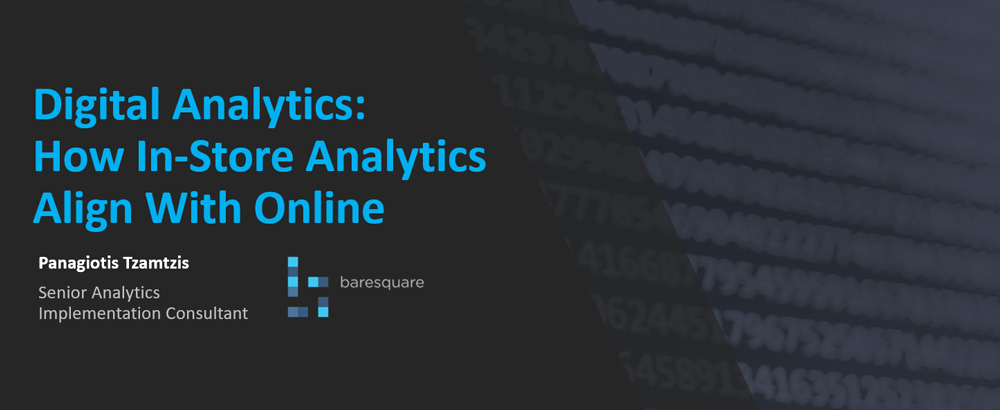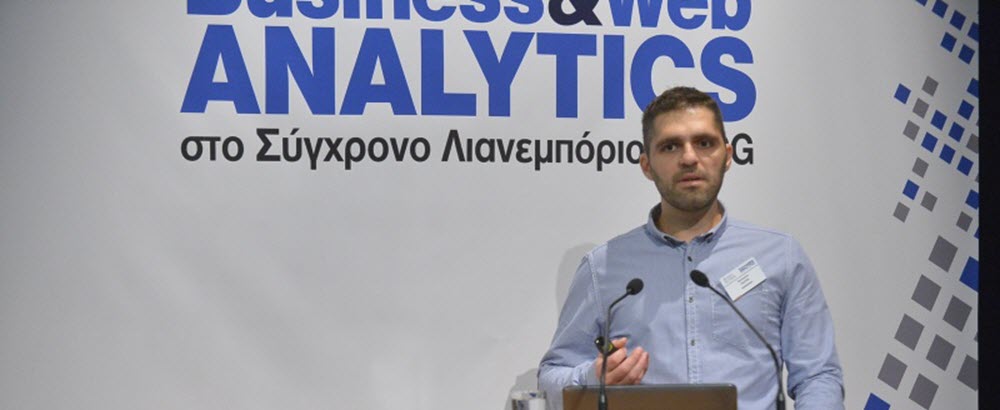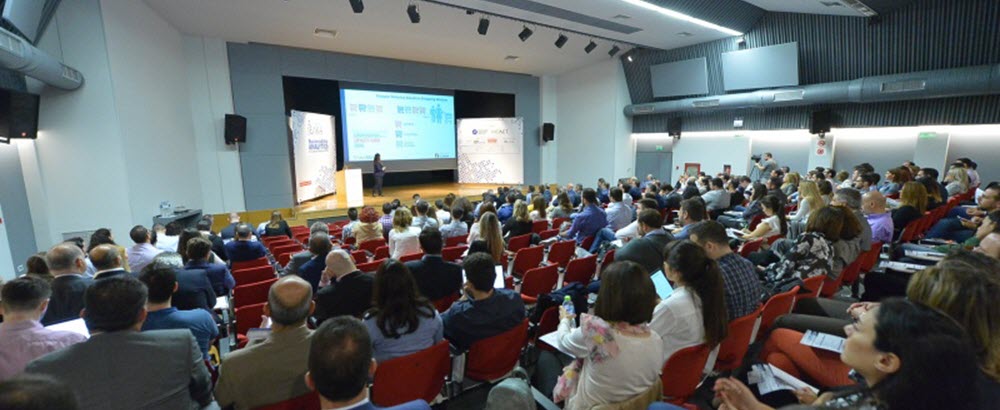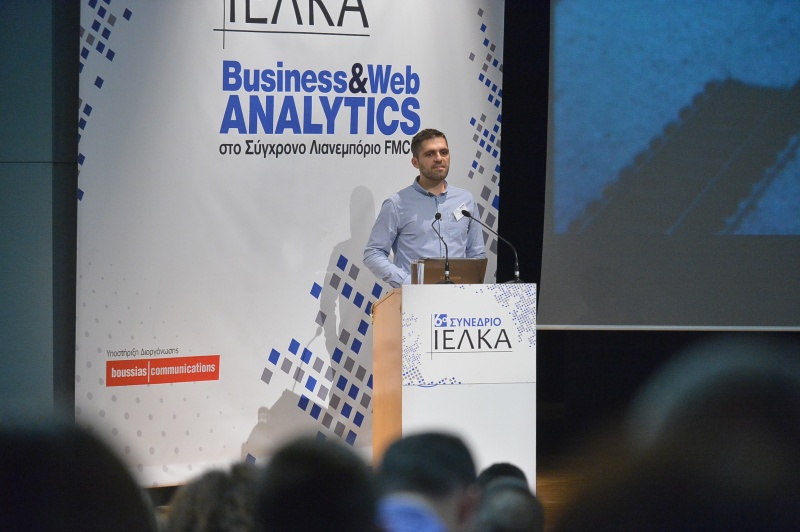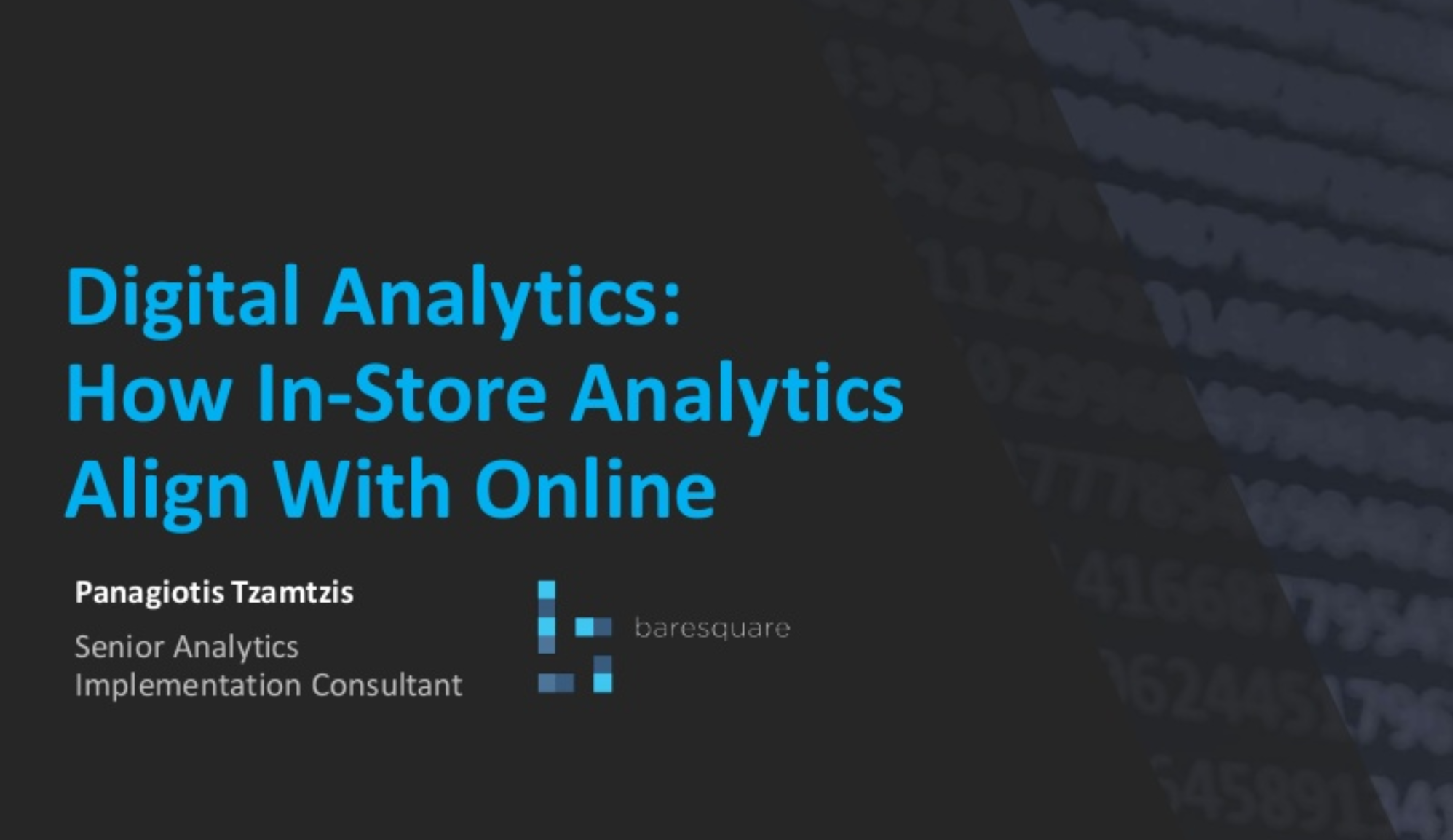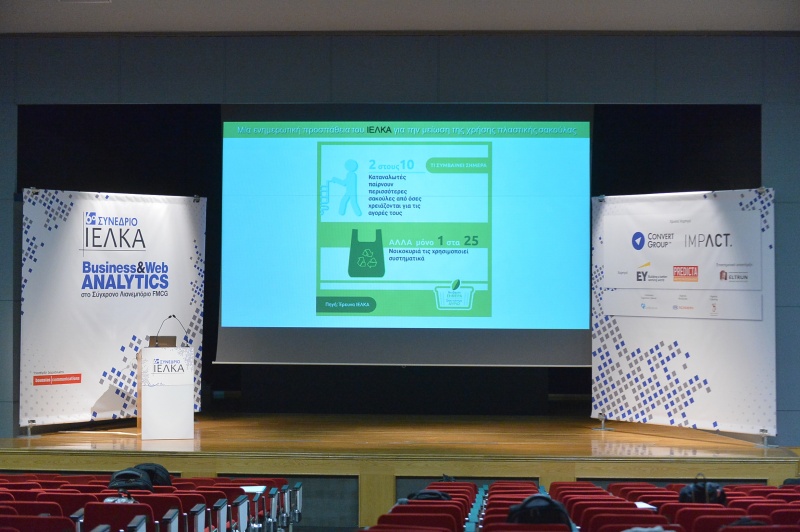How in-store analytics align with online (6th IELKA Conference Talk)
On October 3rd, I held at talk IELKA’s 6th conference on “Business & Web Analytics for modern FMCGs”. My talk was on how to align online and offline data-sets, to give more value to your data. The goal of this full-day conference, was to bring together companies and executives who have implemented innovative state-of-the-art data processes (PoS, Web, IoT, etc.) and share their experiences and best practices. Also discuss the future of FMCG retail in the world of Business Analytics, Mobile Applications and Internet of Things.
I was invited as a “Senior analytics implementation consultant” working for baresquare and presented the following topics:
- Baresquare company and client-base presentation
- How online analytics can help when having multiple channels for a single organization
- How baresquare attributed offline purchases to online product research (Case study for Sony Consumer)
- How an organization can start aligning online with offline, using just an online analytics platform
The slides from my talk can be downloaded here or viewed below:
- you might be online, on your mobile, just outside the brand’s store doing market research
- most of the times you probably search a lot online before making any offline purchases
Taking these requirements into account, it’s getting more clear why it’s probably a very good idea to integrate offline in-store interactions with online analytics platforms, in lack of better solutions. Online analytics platforms can offer today all the technical tools you need to support any type of data project, like:
- Visitor profiling & identification
- Multi-channel attribution
- Data warehousing
- Automated data exchange
For Sony, we used all these tools to combine online research and offline orders into a single profile using innovative techniques and estimate the impact of online campaigns and website interaction on offline orders.
I believe that everyone can start combining online behavior with in-store analysis using just an online analytics platform (and a few hacking skills 🙂 ). Following the basic steps below, will allow you to increase the value of each data set (online & offline) and make your brand’s interaction with your clients even more intuitive:
- Identify you visitors
You can do this using data from loyalty cards, online accounts, RFID cards which can swiped during shop entry (like the process used for Amazon Go stores), mobile applications, Online product registration (like the use case for Sony) or using WiFi analytics to identify visitors across visits or event different stores (like the process followed by London’s underground to track 30% of visitors’ journeys). - Track order research
Combine as many marketing channels as possible (even online and offline) to understand which steps are required for someone to reach the decision to complete an order. Don’t forget to use also Voice of Customer tools. - Track visitor’s in-store journey
Digitize as much as possible of the visitor’s in-store journey utilizing digital sources like QR codes, geotagged reviews, proximity and movement sensors, store check-ins etc. - Support and follow-up communications
Keep your relationship with the customer’s alive and fresh by making follow-up communications based on their past interactions with the brand, by providing product support or ideas for other products they might need (based on past purchases). Just be careful because too vague suggestions and follow-up emails can be considered as spam and too specific and insightful suggestions can become a bit creepy, especially when they are around very sensitive personal data.
Below you can find the recording of the complete talk (in Greek):

